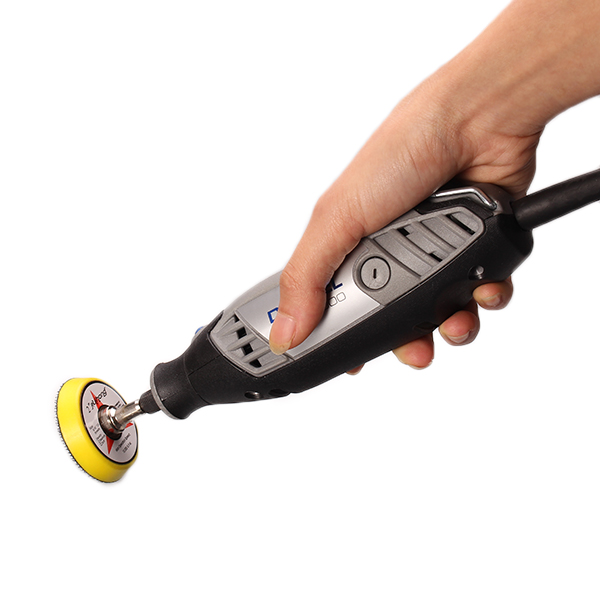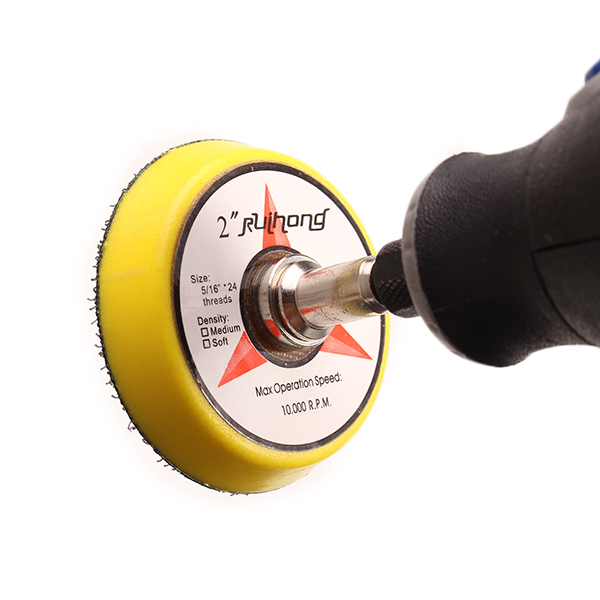Hi there. I have been wondering is there any tool/adapter/backing plate out there that is suitable to fit into a Dremel rotary tool (which usually used for metal and wood working) so that the Dremel rotary tool converted into a spot polishing tool, capable of using 1" and 2" polishing pad, just like the pneumatic spot polishing buffer.
I think the shaft that can be inserted into a Dremel tool is about 1/8" in diameter.
A standard rotary backing plate available in my country is M14 size, I think in the US a Makita 9227C thread is 5/8".
A standard DA backing plate thread will be 5/16".
I aware that Flex has the small buffing pad for its PE8 rotary buffer, which now has 1", 2" backing plate and pad.
View attachment 50109
So I think the most direct conversion will be an adapter of M14 male (to be inserted into the backing plate) at one side and a 1/8" shaft (to insert into Dremel). But I think no such adapter exists in the market yet? I have only see M14 to normal hand drill shaft adapter like below:

But this shaft cannot fit into the Dremel.
I have the Dremel 4000 with Flex Shaft attachment.

If you have other ideas please share. Thank you.
I think the shaft that can be inserted into a Dremel tool is about 1/8" in diameter.
A standard rotary backing plate available in my country is M14 size, I think in the US a Makita 9227C thread is 5/8".
A standard DA backing plate thread will be 5/16".
I aware that Flex has the small buffing pad for its PE8 rotary buffer, which now has 1", 2" backing plate and pad.
View attachment 50109
So I think the most direct conversion will be an adapter of M14 male (to be inserted into the backing plate) at one side and a 1/8" shaft (to insert into Dremel). But I think no such adapter exists in the market yet? I have only see M14 to normal hand drill shaft adapter like below:

But this shaft cannot fit into the Dremel.
I have the Dremel 4000 with Flex Shaft attachment.

If you have other ideas please share. Thank you.



